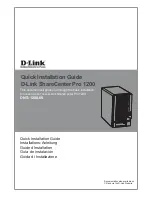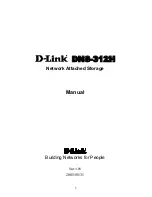
34
Procedures
When a disk drive fault occurs, the failed disk’s fault indicator LED, located on the enclosure’s front panel,
illuminates solid amber (see the
AssuredSAN 4004 Series Setup Guide
for a description of LEDs and disk
drive slot numbering for your enclosure). You can determine from visual inspection which disk in the
enclosure is experiencing a fault/failure using the fault LED for your disk type.
NOTE:
Newer product models use an enclosure bezel instead of ear covers.
•
See
on page 22 for 2U24 enclosure bezel alignment.
•
See
on page 22 for 2U12 enclosure bezel alignment.
Alternatively, you can observe disk component health using management interfaces to verify component
failure or component operation (see
on page 57 for more information).
Removing a disk drive module
1.
Follow one of two sub-steps below, according to your product disk drive module type (see
a.
SFF disk (stands on edge) — Squeeze the latch release flanges together to disengage the disk drive
module, and swing the pivoting portion of the latch upwards by 45
(see
and
b.
LFF disk (lays on side) — Slide the release latch to the left to disengage the disk drive module (see
).
Moving the latch to the left will provide a clicking sound and cause the spring to move its position
inside the chassis, partially ejecting the disk from its installed position within the disk drive slot.
Figure 18
Disengaging a disk drive module
2.
Wait 20 seconds for the internal disks to stop spinning.
3.
Follow one of the two sub-steps below, according to your product disk drive type (see
a.
SFF disk — Firmly grasp the front of the plastic sled, and pull the disk drive module straight out of
the chassis, taking care not to drop the module.
b.
LFF disk — Once the disk drive module partially ejects from the slot, grasp the module firmly, and
carefully pull it straight out of the chassis slot. Take care not to drop the module.
SFF 2.5" disk or blank
LFF 3.5" disk or blank
















































